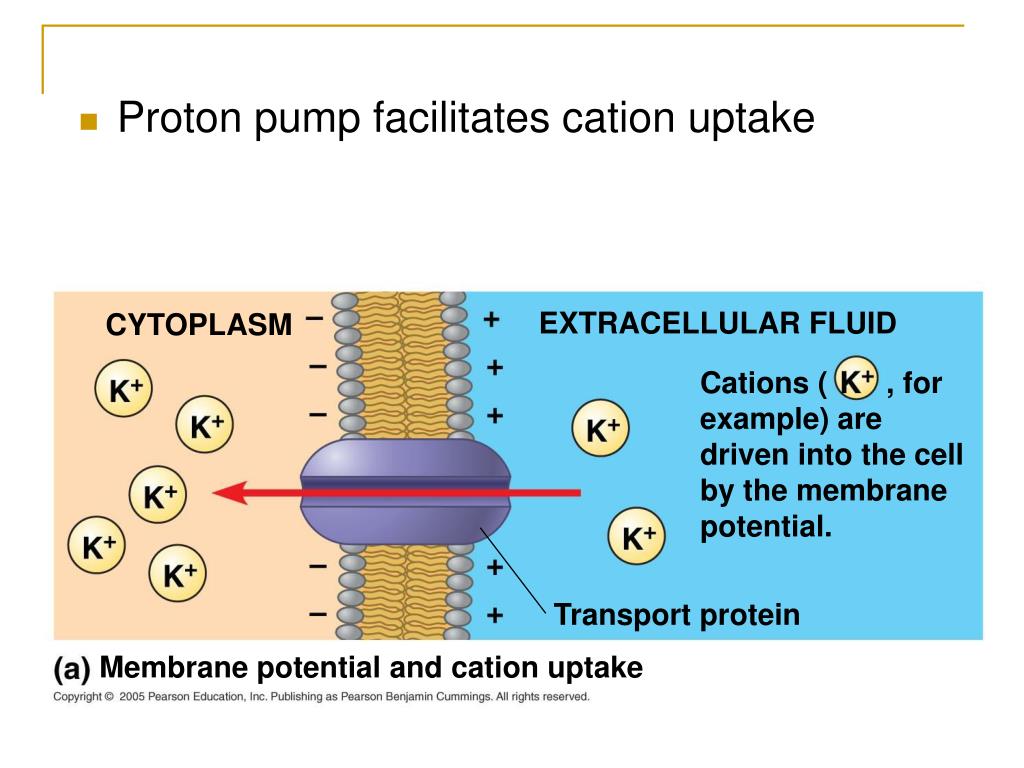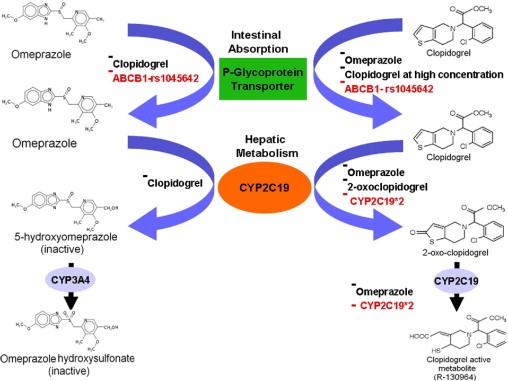

- #Where does the energy come from to drive the proton pump series#
- #Where does the energy come from to drive the proton pump free#
whereas in chloroplast 3 H+ produce 1 ATP. In other words due to movement of 2 protons across the membrane of mitochondria conformational change in F1 part results in synthesis of 1 ATP molecule from ADP + Pi. Mackiewicz M, Nikonova EV, Zimmerman JE, et al. So basically in mitochondria one pair of H+ produces 1 ATP. So there appears to be a deficit of 2 protons. But in order to make 3 molecules of ATP, the ATPase in chloroplasts appears to have 14 protons (H +) pass through it. Mitochondrial dysfunctions in myalgic encephalomyelitis/chronic fatigue syndrome explained by activated immuno-inflammatory, oxidative and nitrosative stress pathways. The chemiosmosis driven by these 4 electrons as they pass through the cytochrome b 6 /f complex liberates only enough energy to pump 12 protons into the interior of the thylakoid.
#Where does the energy come from to drive the proton pump series#
Skeletal muscle energy metabolism during exercise. Oxidative phosphorylation is the process where energy is harnessed through a series of protein complexes embedded in the inner-membrane of mitochondria (called the electron transport chain and ATP synthase) to create ATP.

Historical Studies in the Natural Sciences.
#Where does the energy come from to drive the proton pump free#
C Simplified landscape of the free energy of the proton pumps. Thus, the C out-to-C in transition is denoted as 0 1 and the C in-to-C out transition as 1 0. The outward-facing conformation (C out) is referred to as state 0 and the inward-facing conformation (C in) as state 1. doi:10.1098/rsob.200224ĭunn J, Grider MH. HOW DO WE GET ENERGY FROM WATER Hydropower, or hydroelectric power, is a renewable source of energy that generates power by using a dam or diversion structure to alter the natural flow of a river or other body of water. The energy required to transport one proton is denoted as E H. The aerobic mitochondrial ATP synthesis from a comprehensive point of view. The energy released in this reaction is conserved by pumping protons across the mitochondrial or bacterial membrane, creating an electrochemical proton.


 0 kommentar(er)
0 kommentar(er)
